Personalized metal...
Tin box mold grinding and polishing process specification
The tin box company's order quantity is largely determined by the quality of the tin box, and the tin box mold determines the quality of the tin box. This article sorts out the tin box mold grinding and polishing process operating guidelines for everyone. As long as these guidelines are followed, high-quality tin boxes will be produced, and the order volume will definitely increase year by year.
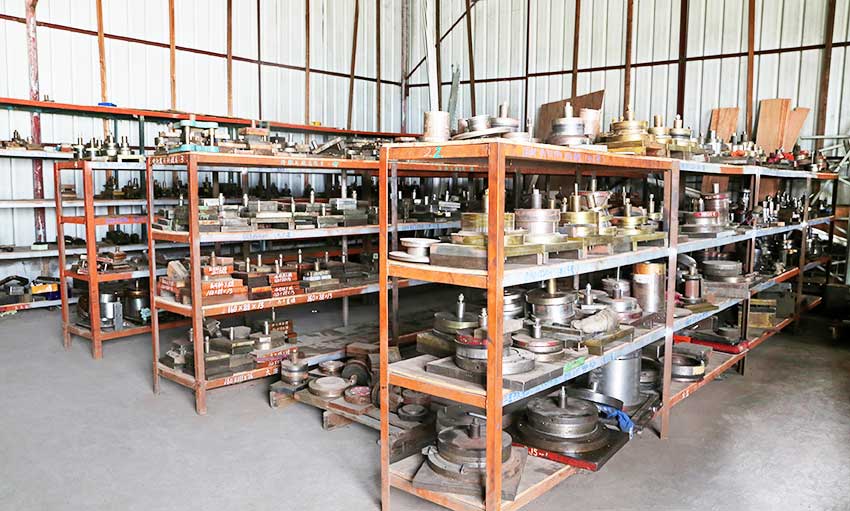
1). Preparation before grinding and polishing tin box mold
1. The polishing staff must be trained and pass the examination to obtain the job certificate before they can start.
2. Clarify the process requirements, materials and initial state of the workpiece, the processing position, shape, size and polishing accuracy requirements of this process.
3. Before polishing, it is necessary to check whether the polished surface has sags, sags, overcuts, deformations and blisters, and whether the remaining polishing margin is sufficient.
4. Reasonably select tools, fixtures, main and auxiliary materials suitable for this process according to the process specifications.
5. Properly protect the workpiece according to the process requirements.
6. After reconfirming steps 1-5, enter the operating procedure.
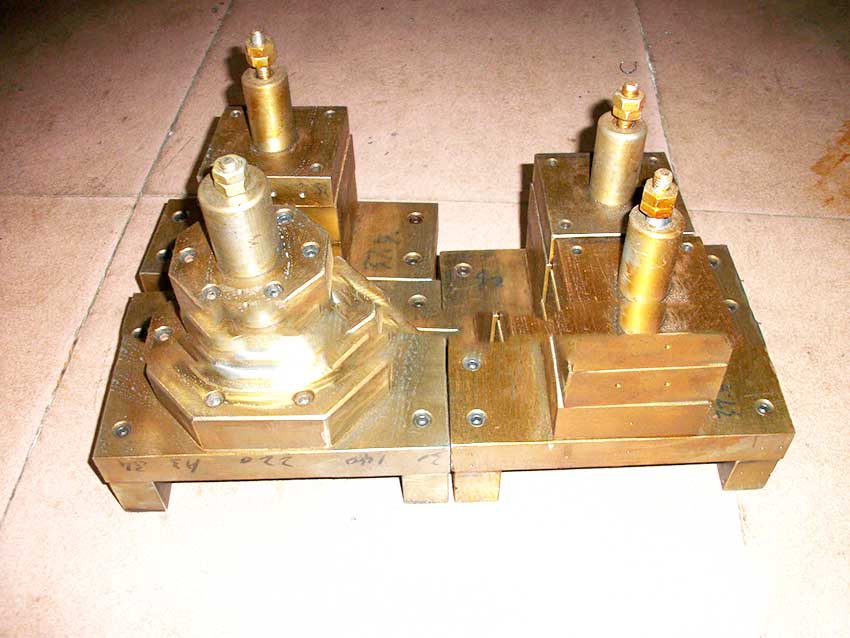
2) the protection of tin box mold parts
1. For the higher or longer tin box mold parts below 20Kg, it is required to use a vise to clamp on the polishing table.
2. For larger and heavier parts, the front and rear magnets and screw clamps must be used for fastening on the polishing table.
3. When using the work car to polish and polish the workpiece, wedges or related measures must be used to ensure stable work and ensure work safety.
4. For small and easy to bump or scratch workpieces, rubber plates must be used to protect the surface.
5. Workpieces with sharp corners and corners must be protected with tape and tape to prevent injury or damage to personnel and work pieces.
6. For the parts that need to maintain the edge and sealing position, stoppers (saw blades or iron sheets) or stoppers can be used to protect the edges from chamfering and rounding on the side that will not be polished.
3) the content and scope of the tin box mold self-inspection
1. Whether the stamping surface is collapsed or rounded;
2. Whether to destroy the original draft angle;
3. Check the size of each polishing surface to see if it exceeds the reserved amount;
4. Whether the fillet at the bottom of the cavity is recessed into the side and bottom surface;
5. Whether there is an inversion phenomenon;
6. Whether its roughness has reached the drawing requirements;
7. After passing the self-inspection, send it to the quality inspection department (or inspector) for inspection.

4) tin box mold polishing operation matters needing attention
1. Before polishing the tin box mold, check whether the polishing allowance is sufficient, and the polishing amount cannot exceed the reserved amount:
The polishing amount of the surface after grinding cannot exceed the reserved amount by 0.05~0.06mm;
Unground surface, electro-erosion or wire-cut surface grinding and polishing cannot exceed the reserved amount by 0.08~0.1mm;
The amount of single side and deep grinding of ribs cannot exceed the reserved amount by 0.03~0.08mm.
2. A high degree of concentration is required when using a polishing machine to prevent grooves, exceeding the margin, and processing at the same part for a long time is not allowed;
3. After each polishing, it must be cleaned with whiskey, and then proceed to the next step of polishing;
4. After each polishing, it must be cleaned with cotton or soft paper, and then the next step of polishing.
5. Before polishing the tin box mold, first determine the processing procedure:
According to the different original surface conditions and roughness, select the appropriate starting sequence and the required sequence and the appropriate tools (specific diamond file, #sandpaper, oil stone)
Determine the use range of power tools and grinding tool heads according to the geometry of the mold cavity, basic roughness and process requirements, and strive to achieve targeted processing
6. Pay attention to the grinding and polishing of the sealing surface, especially the part of the special identification symbol of the workpiece and the sealing surface should not cause rounded corners and collapsed corners;
7. The polishing area requires a clean environment. Pay attention to the protection of the polished surface during the polishing process;
8. Some parts need to be polished together after assembly, they are not allowed to be polished separately;
9. After polishing, the polished surface should be sprayed with anti-rust oil after self-inspection and inspection, and protection should be done to prevent bumps and scratches;
10. All kinds of oilstone, sandpaper, diamond grinding paste and diamond files must be placed in a special tool box with corresponding labels according to their model and specifications.
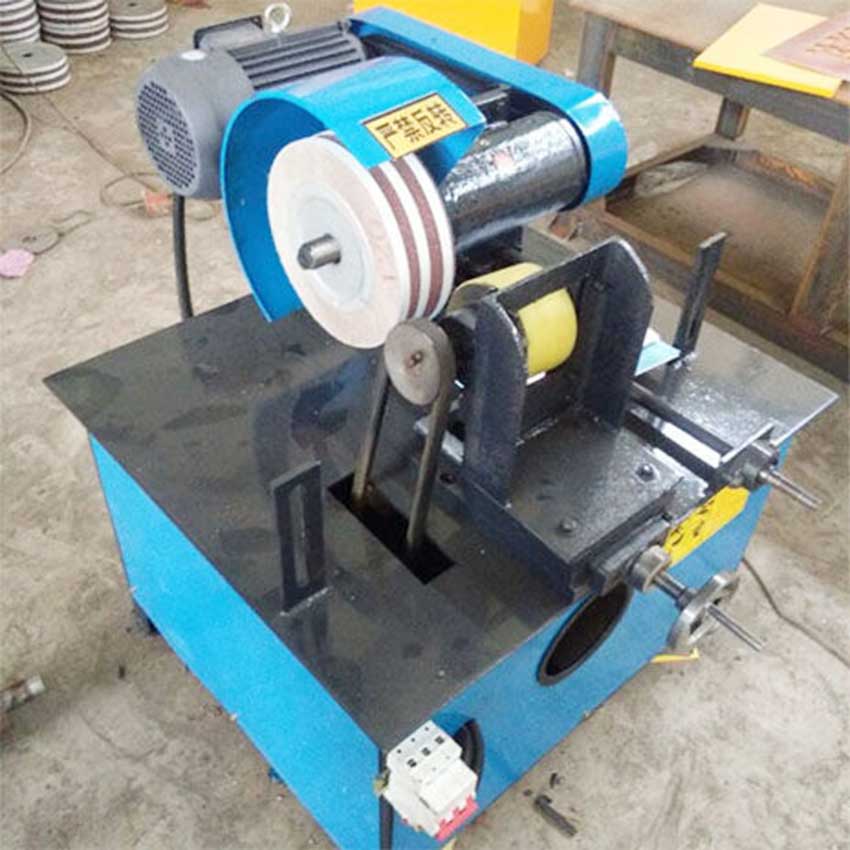
5) use an ultrasonic polishing machine to polish the tin box mold
The uses are as follows:
The clamping sintered diamond file mainly processes and removes the electrical processing layer of the bottom plane and the side plane of the cavity;
Install electroplated diamond files to remove the electro-processed layer and rough cutting marks in narrow planes, cavity side walls, dead corners and sharp corners;
Clamp various oilstones to trim the geometric tolerances caused by rough machining and improve the roughness;
Clamping copper, soft and hard wood and adding various grit abrasive pastes to achieve fine polishing on the processed surface.







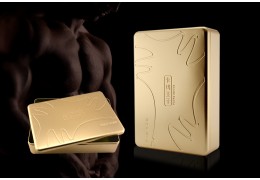

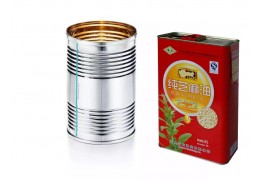



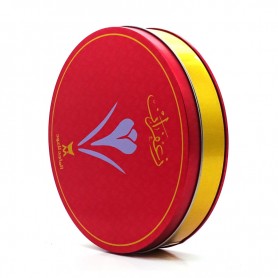

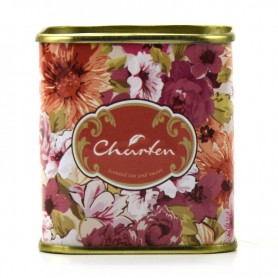

Latest comments